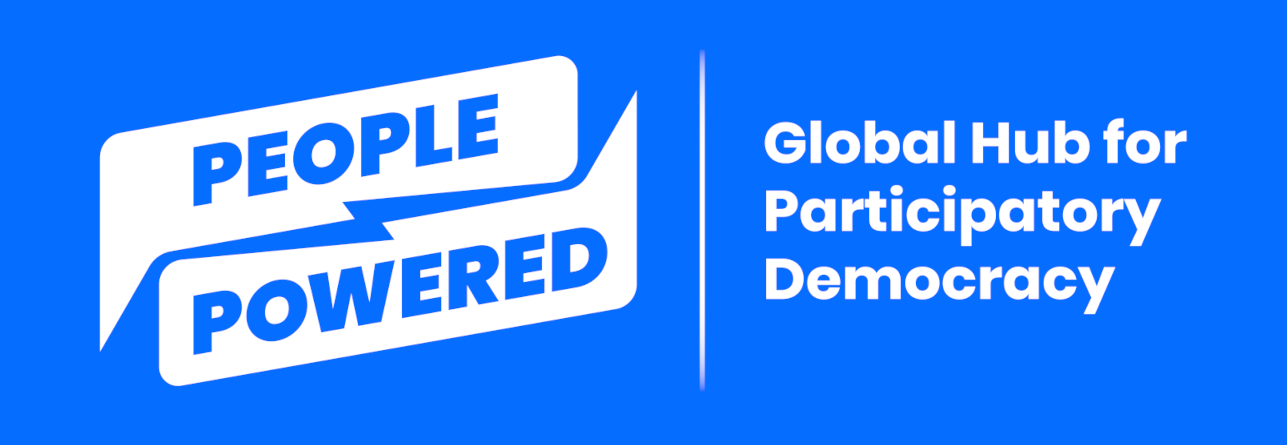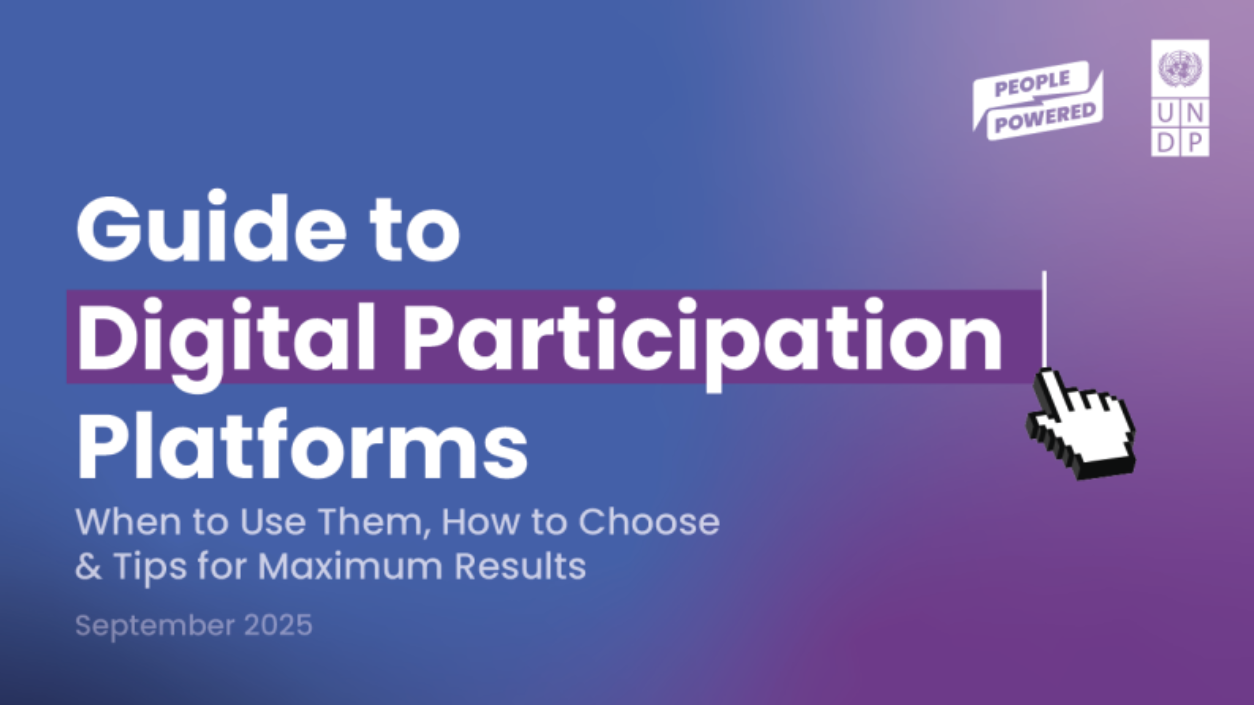Why use digital participation platforms?
/Why use digital participation platforms?
Digital participation platforms offer a variety of benefits. When used well, digital platforms expand the reach and inclusiveness of civic engagement, allowing more people—including those who may not attend town halls or public hearings—to have their say. They can make participatory processes more transparent, provide accessible records of inputs, and support more continuous engagement over time.
For example, everyone with internet access can track a public project's status as it's developed and launched (or stalled!). Likewise, participation platforms often serve as communication hubs for participating communities to meet, communicate, and organize.
Developers of digital participation platforms promise other benefits, such as:
Reaching more people than via in-person meetings, because residents can take part when they're not busy and without traveling.
Lower costs compared to traditional outreach methods.
Integration with other participatory democracy processes, such as by collecting ideas for in-person deliberation.
Automated analysis of large amounts of resident feedback.
Easier follow-up communications with residents based on their interests and ideas.
More open and transparent decision-making.
In an example of digitized participatory programs, CONSUL Democracy participants vote on how to allocate public funds.
Besides digitizing traditional engagement tactics, online platforms offer new modes of participation. For example, consider the group decision-making tool Pol.is. It invites people to draft value statements that others can vote on and rally around. An example is, "Rideshare drivers should make a living wage." The platform then uses algorithms to map existing (but unrecognized) areas of consensus between otherwise opposing stakeholders.
When used effectively, digital platforms can amplify the benefits of public participation, resulting in better-informed decisions and more trust in public institutions. Digital platforms also can make it easier and cheaper for officials to open up decision-making more often. A wider range of people can thus share their perspectives, better informing decisions before governments finalize plans. People hopefully trust government more when they have had the opportunity to take part early on in a process. And increased public attention to decision-making and implementation can contribute to more responsive governments.
Participatory decision-making is not a panacea
As with any human endeavor, processes designed to increase and broaden participation are often imperfect. They are frequently designed by those who already hold power, sometimes at the expense of those who do not. Institutional history of marginalization and exclusion can distort well-intended efforts to share power.
For this and other reasons, participatory democracy has its limits. For participation to be effective, it needs to be inclusive, meaningful, free, and supported by committed leadership and institutional backing. For example, simply expanding inclusion without delegating meaningful power to participants can have unintended negative consequences. Engaging people to participate in a corrupt system could be perceived as an endorsement of that system.
Thus, not all of the promised benefits have been achieved. Inviting people to share power requires more than creating an accessible website. And holding governments accountable is a separate issue altogether. To be effective, participation platforms must be used to do more than collect input. They should be embedded in a broader ecosystem of governance that values transparency, accountability, and public dialogue. Platforms can help open up spaces for participation, but their impact depends on how they're used: Whether they enable communities to shape decisions, whether the information they gather leads to action, and whether the overall process they represent ultimately strengthens trust in institutions.
There are drawbacks to digital participation, which we will discuss in the considerations section of this guide. Still, digital participation platforms can be a worthwhile investment, and our goal with this guide is to increase the chances that they will contribute to positive results.
You may not need a dedicated digital participation platform
While the platforms we discuss in this guide can be used to invite new participants and make administration easier, there are plenty of cases of institutions doing more with less. If you don't have the budget or tech resources to implement a digital participation platform, you might also find success engaging people through the tech they're already using. Around the world, participation advocates have successfully used apps like WhatsApp, Weibo, Microsoft Teams, or basic online forms to accomplish many of the same goals we discuss here. These “old-school” tech tools function as digital participation platforms when people use them to engage, even if they aren't marketed for that purpose. Meaningful engagement can occur wherever and however people are motivated to participate.
For example, the City of Bogotá, Colombia launched an AI-powered chatbot, Chatico, to engage residents where they already are: on apps like WhatsApp, Telegram, Instagram, and Facebook Messenger. Residents can participate in engagement campaigns and easily access the city's public information and services via Chatico. The city has used it to invite citizens to shape its development plan, participate in the participatory budgeting process, and join citizen assemblies. By connecting to nearly universal messaging apps and meeting people where they are, Bogotá enabled access for thousands of citizens who had not traditionally engaged in public decision-making processes, and boosted participation by 43% compared to past efforts.
Next: What can digital participation platforms do?
Previous: What is a digital participation platform?






